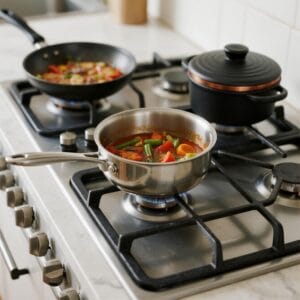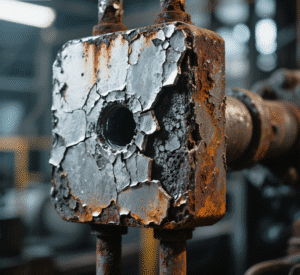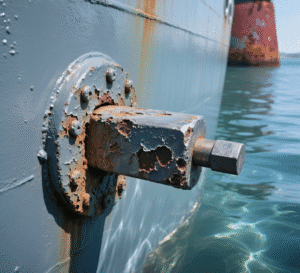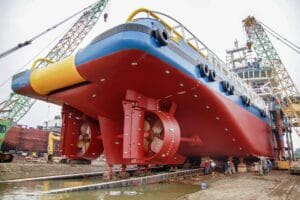Introduction: Eco-Friendly Kitchenware Choices Can Reduce Environmental Impact
When purchasing new kitchenware, especially items like triply cookware, it’s essential to consider the environmental impact of the product. From the materials used to the manufacturing process and end-of-life disposal, each stage can have significant environmental consequences. But what are the key environmental considerations that consumers should factor in when purchasing kitchenware?
By considering sustainability, recyclability, and ethical production practices, consumers can make environmentally responsible choices when buying cookware, contributing to a greener planet.
Let’s explore the key environmental considerations to keep in mind when purchasing new kitchenware.
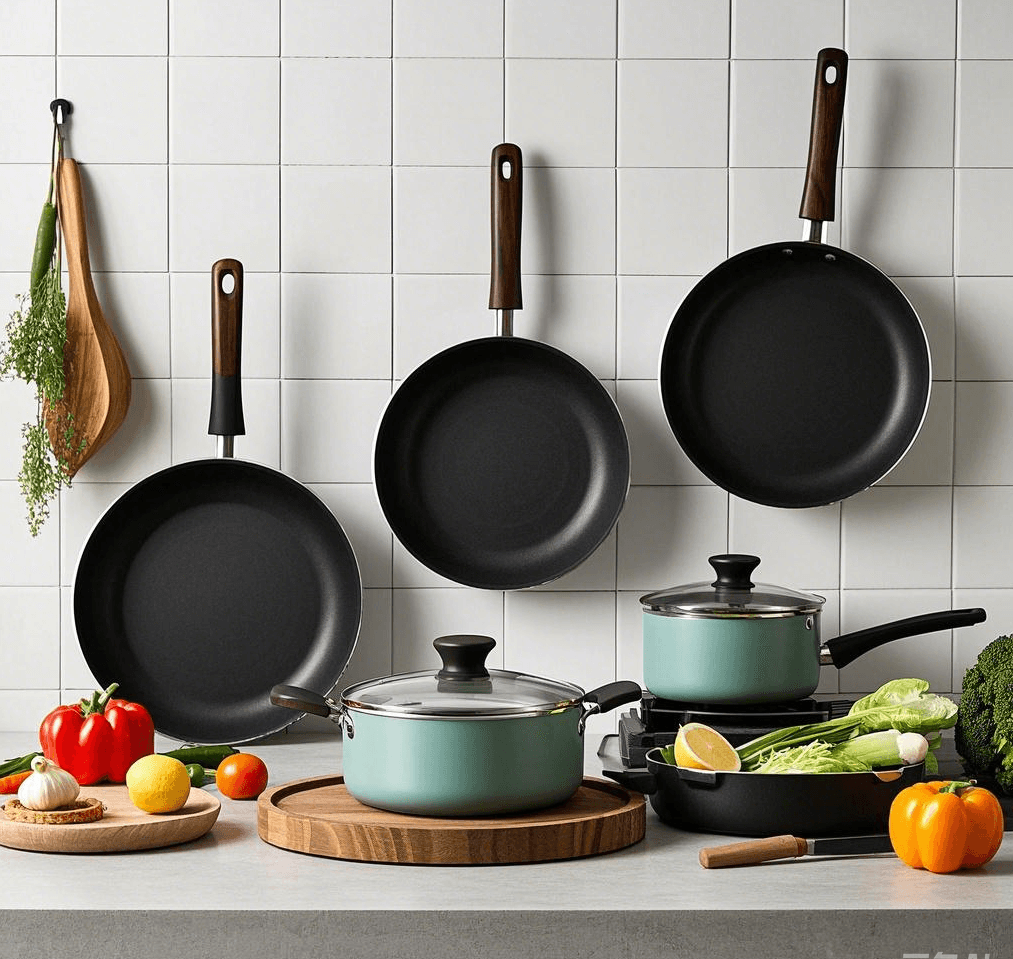
How Does the Material of Kitchenware Impact the Environment?
The material used in kitchenware plays a crucial role in its environmental impact.
- Sustainable Materials: Cookware made from sustainable materials, such as stainless steel, cast iron, and triply cookware, is often more environmentally friendly than those made from plastic or non-recyclable materials. For example, triply cookware typically uses multiple layers of stainless steel and aluminum, both of which are recyclable and durable, reducing the need for frequent replacements. Learn more about the environmental impact of different cookware materials.
- Material Sourcing: The environmental impact of material sourcing should also be considered. For example, materials mined or extracted in environmentally harmful ways can contribute to deforestation, pollution, and habitat destruction. On the other hand, cookware manufacturers who source materials responsibly help mitigate these issues.
- Non-Toxic Coatings: Many cookware items feature non-stick coatings that can contain harmful chemicals like PFAS (Per- and polyfluoroalkyl substances). Choosing cookware with natural coatings or those free from toxic chemicals helps reduce exposure to harmful substances.
By selecting cookware made from sustainable materials, consumers can reduce their ecological footprint and support environmentally responsible sourcing practices.
How Do Manufacturing Processes Affect the Environment?
The production process of kitchenware can have significant environmental implications.
- Energy Consumption: Manufacturing processes that require high energy consumption, such as metal forging and casting, can contribute to higher carbon emissions. Choosing cookware produced using energy-efficient methods can help minimize environmental impact.
- Waste and Emissions: Cookware production often generates waste, including excess materials, packaging, and emissions. Manufacturers that have adopted waste-reducing technologies and eco-friendly manufacturing practices, such as recycling scrap metal or using cleaner production methods, help reduce pollution. Discover how sustainable manufacturing practices can benefit the environment.
- Ethical Manufacturing: Some brands are committed to ethical and sustainable manufacturing practices, including fair labor practices and reducing environmental harm. Consumers can look for certifications like ISO 14001 (Environmental Management) or Fair Trade to identify companies that prioritize environmental and social responsibility.
Manufacturers that use energy-efficient methods and sustainable practices contribute to a more eco-friendly production process.
What Role Does Durability and Longevity Play in Environmental Impact?
Durability is an often-overlooked factor when considering the environmental impact of kitchenware.
- Long-Lasting Cookware: Investing in durable kitchenware, such as triply cookware, can reduce waste over time. Triply cookware, known for its robust multi-layer construction, is highly resistant to warping and wear, ensuring that it lasts longer than cheaper, lower-quality alternatives.
- Reducing Waste: Frequent replacement of cookware contributes to unnecessary waste, both in terms of materials and energy. By choosing high-quality, durable cookware, consumers can avoid the environmental burden of discarding old kitchenware and buying replacements.
- Warranty and Repair Programs: Some cookware brands offer warranties or repair programs that encourage consumers to maintain and repair their cookware instead of discarding it. This extends the lifespan of the product and reduces waste. Learn about how durability impacts sustainability.
Durability and longevity are key factors in reducing the environmental impact of kitchenware by minimizing the need for replacements and waste.
How Do Packaging and Shipping Affect the Environment?
Packaging and shipping practices also contribute to a product’s overall environmental impact.
- Minimalist Packaging: Excessive packaging not only leads to more waste but also increases the environmental cost of production. Manufacturers that use minimal, recyclable, or biodegradable packaging help reduce their environmental footprint. Consumers should look for brands that prioritize eco-friendly packaging materials.
- Local vs. Global Manufacturing: Products manufactured locally generally have a lower carbon footprint when it comes to shipping compared to those that need to be transported over long distances. Choosing kitchenware made by local manufacturers or those with eco-conscious shipping practices can further reduce emissions associated with transportation.
- Shipping Efficiency: Many brands are now working toward more sustainable logistics practices, such as using electric delivery vehicles or optimizing shipping routes to minimize fuel consumption and reduce their overall carbon footprint.
Eco-friendly packaging and efficient shipping practices reduce waste and the carbon footprint associated with cookware production and distribution.
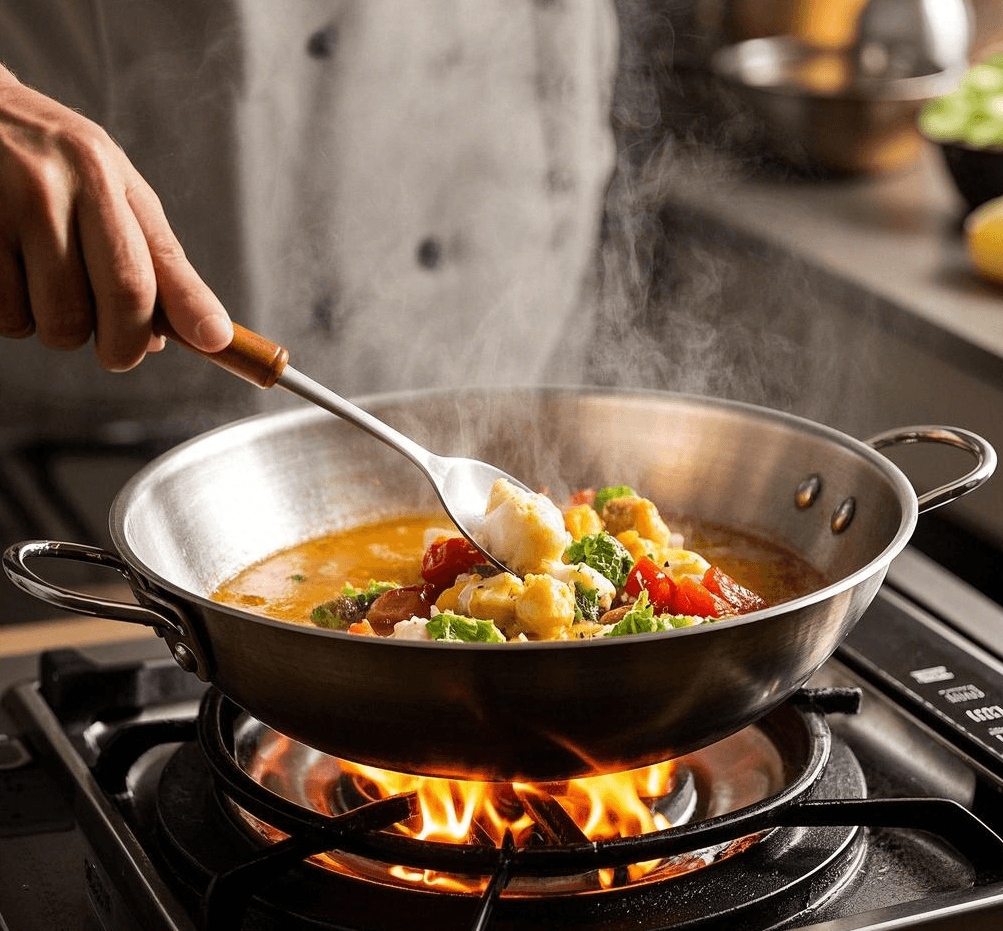
How Does the End-of-Life Disposal of Cookware Impact the Environment?
After kitchenware has reached the end of its useful life, how it is disposed of matters significantly.
- Recyclability: Cookware made from recyclable materials, such as stainless steel or aluminum, can be repurposed at the end of its life. Triply cookware, which often contains stainless steel layers, can be recycled, reducing its environmental impact once it is no longer usable.
- Disposal Options: Non-recyclable cookware, especially those made with toxic coatings or composite materials, can contribute to landfill waste and pollution. Consumers should choose cookware that is easy to recycle or repurpose to ensure its environmental impact is minimized after use.
- Product Life Extension: Rather than discarding cookware, consumers can explore ways to extend its life by repurposing or donating items that are still functional. Many charity organizations accept gently used kitchenware, keeping it out of landfills. Read about recycling options for kitchenware.
Choosing cookware that is recyclable or repurposable ensures it doesn’t contribute to long-term environmental waste.
Claim: Thoughtful Considerations Lead to Eco-Friendly Kitchenware Choices
By carefully evaluating the materials, manufacturing processes, durability, packaging, and end-of-life disposal options, consumers can make environmentally responsible choices when purchasing kitchenware. Triply cookware, with its long-lasting durability and recyclability, offers a particularly eco-friendly option for environmentally conscious buyers.
Conclusion: Sustainability Should Guide Kitchenware Purchases
In conclusion, considering environmental factors when purchasing kitchenware—including triply cookware—can significantly reduce ecological impact. By prioritizing sustainability in materials, production methods, and disposal, consumers help promote a healthier planet while enjoying high-quality cookware. Thoughtful purchasing decisions support a greener, more responsible future for both consumers and the environment.



